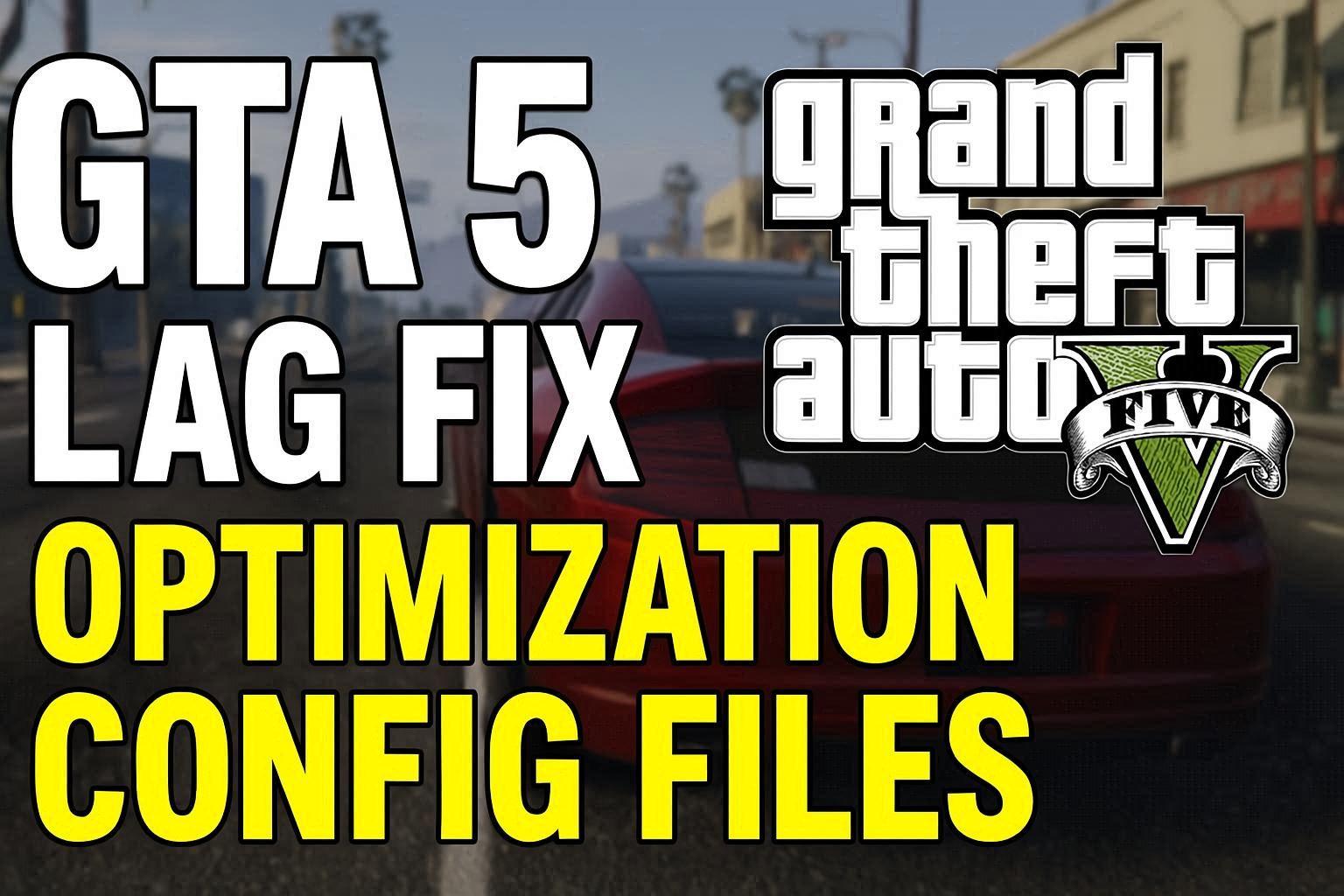Microsoft has unveiled Windows 11, the “next generation,” at a virtual event.
The new software will allow Android apps to run on the Windows desktop.
Product manager Panos Panay promised smaller and faster security updates – a common complaint of Windows users – and said they would happen in the background.

Windows 11 will also allow users to configure multiple desktops for work, home, and games, just like on a Mac.
Microsoft says that there are currently about 1.3 billion devices running Windows 10.
Also Read: How to Download Windows 11 ISO File
An early preview of the new system will be released to app developers next week.
7 New Features in Windows 11
- Auto HDR games. If you play any classic games or non-HDR games on PC, Windows 11 will be able to automatically update lighting and colors to meet HDR specifications. …
- Android apps are coming to the Microsoft Store. …
- new design. …
- Quickly. …
- Capture the charts. …
- Windows widgets. …
- New Tablet Mode
Win 11 will be available as a free update for existing Windows 10 users – although some devices will not have the correct specifications. This includes a minimum of 64 GB of storage and 4 GB of RAM.

One cosmetic change is the placement of the Start button in the bottom center of the screen instead of on the left side.
Is Windows 11 Upgrade for FREE?
Windows 11 will be available as a free upgrade for Windows 10 customers. This means that if you run a genuine copy of Windows 10 on your computer, you will be able to download Windows 11 without having to pay anything extra. However, for recent installs, Windows 11 may cost you.
Additionally, Windows 11 will feature tighter integration with Teams for Microsoft’s communications platform. Xbox Games Pass, a subscription service that gives access to hundreds of games, will also be pre-installed.
You can Download Windows 11 ISO From here
The tech giant said it would share more profits from its App Store with creators and developers – as rival Apple continues to face challenges over its business model.

When Windows 10 was launched in 2015, Microsoft said it would be the last version of the operating system. It has since announced that Windows 10 will retire in 2025.
Microsoft CEO Satya Nadella called the launch a “major milestone in Windows history,” but analyst Jeff Blaber of CCS Insight said he didn’t see it as a “revolutionary step.”
“It is an iterative release that pinpoints precisely where Windows needs greater ambition, rather than the sweeping changes seen with its predecessor,” he said.
“Microsoft’s ultimate goal is to ensure that the upgrade from Windows 10 to Win 11 delivers significant enough improvements to offset any complaints.
Forrester principal analyst JP Thunder noted that the new operating system is based on Windows 10 code, which should prevent upgrade issues like those seen in the past with Windows Vista.
“Easy-to-use past gestures are a double-edged sword,” he added.
“It’s great for continuity of experience, but it makes you wonder what 11 really is. Is this really a more feature-rich Windows 10 update than a full version?”


